It solves in five minutes a problem computers now would need-1 years to work out, Google says.
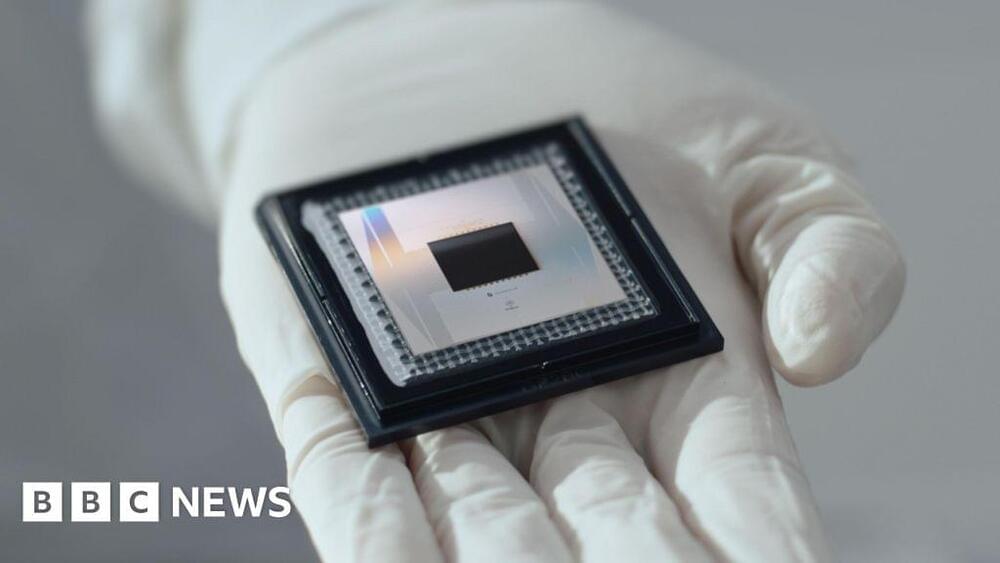

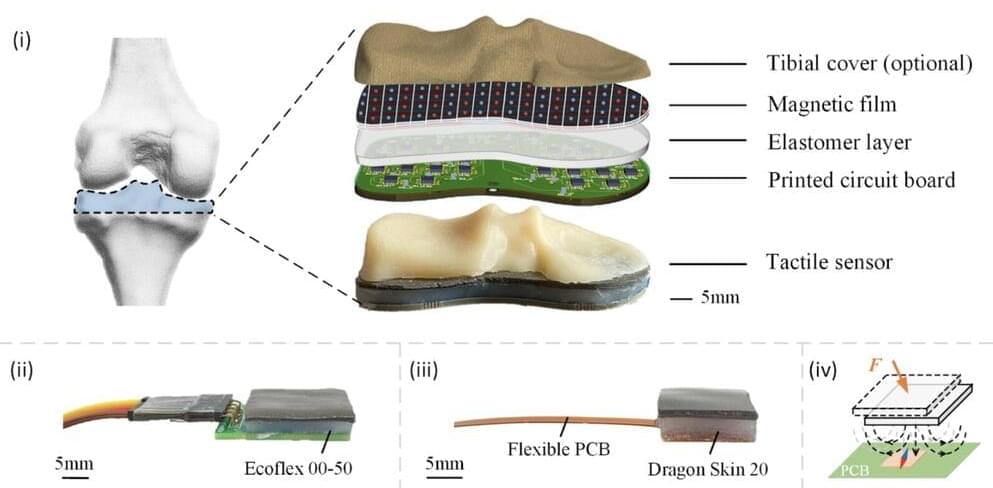
Science and Technology: Google said its quantum computer, based on a computer chip called Willow, needed less than five minutes to perform a mathematical calculation that one of the world’s most powerful supercomputers could not complete in 10 septillion years, a length of time that exceeds the age of the known universe.
Electronic skins (e-skins) are flexible sensing materials designed to mimic the human skin’s ability to pick up tactile information when touching objects and surfaces. Highly performing e-skins could be used to enhance the capabilities of robots, to create new haptic interfaces and to develop more advanced prosthetics.
In recent years, researchers and engineers have been trying to develop e-skins with individual tactile units (i.e., taxels) that can accurately sense both normal (i.e., perpendicular) and shear (i.e., lateral) forces. While some of these attempts were successful, most existing multi-axis sensors are based on intricate designs or require complex fabrication and calibration processes, which limits their widespread deployment.
Researchers at CNRS-University of Montpellier have introduced a new soft e-skin that leverages magnetic fields to independently detect forces on three axes. This e-skin, described in a paper published in Nature Machine Intelligence, has a simple design that could be easy to reproduce on a large scale.
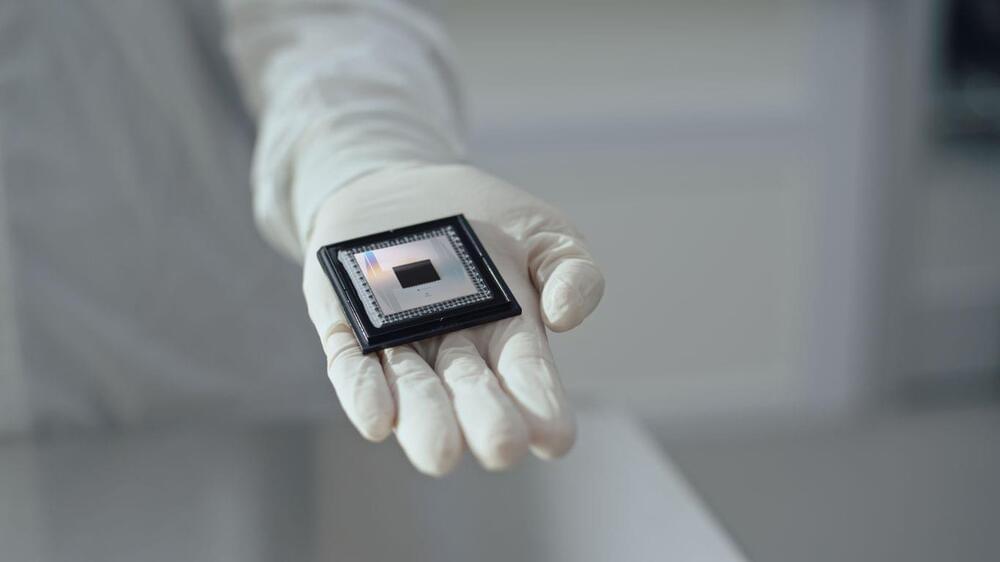
Currently, dark matter detection requires specialized laboratories with costly equipment. ODIN has the potential to overcome this limitation.
“ODIN’s sensitivity is primarily dependent on phonon density rather than target volume, in contrast to existing systems. This feature may enable compact, low-cost detectors, with the ability to perform lock-in dark matter detection by periodically depopulating the phonon mode,” the study authors explain.
Moreover, the proposed device design features only one optomechanical cavity. Instruments with multiple cavities could result in more exciting results.
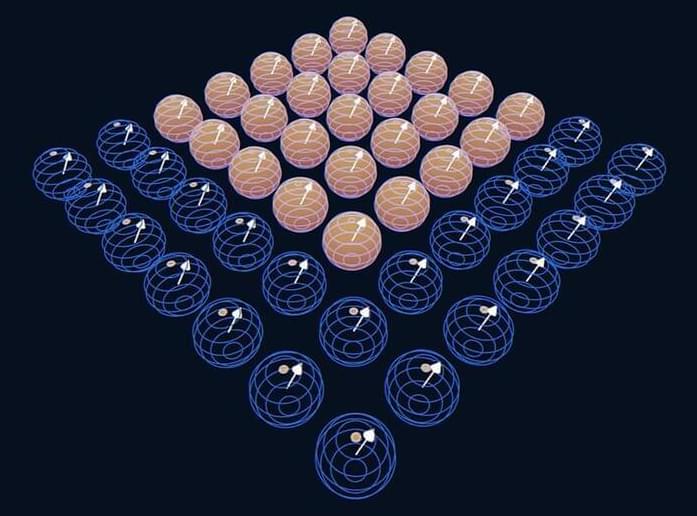
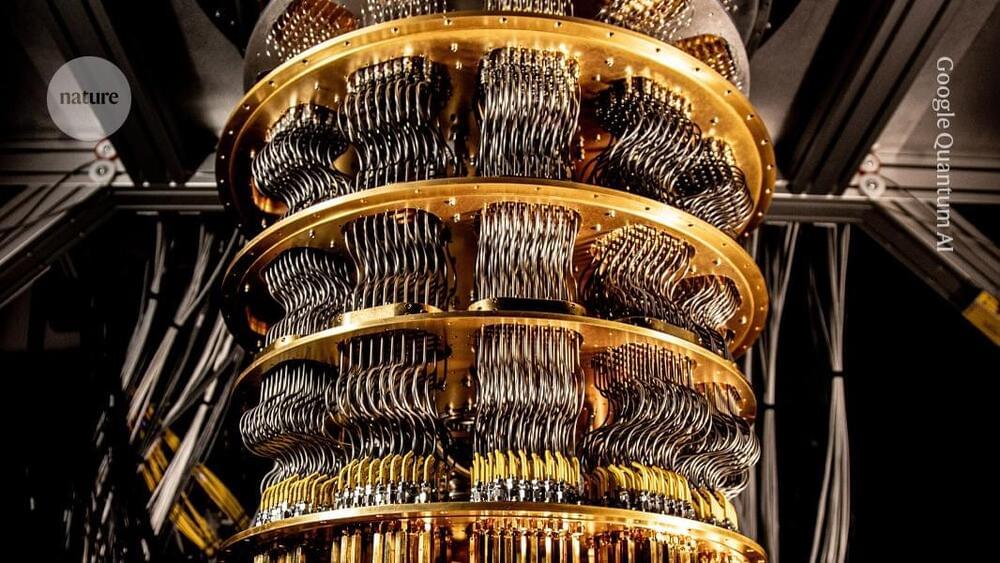
Researchers at Google have built a chip that has enabled them to demonstrate the first ‘below threshold’ quantum calculations — a key milestone in the quest to build quantum computers that are accurate enough to be useful.
The experiment, described on 9 December in Nature1, shows that with the right error-correction techniques, quantum computers can perform calculations with increasing accuracy as they are scaled up — with the rate of this improvement exceeding a crucial threshold. Current quantum computers are too small and too error-prone for most commercial or scientific applications.

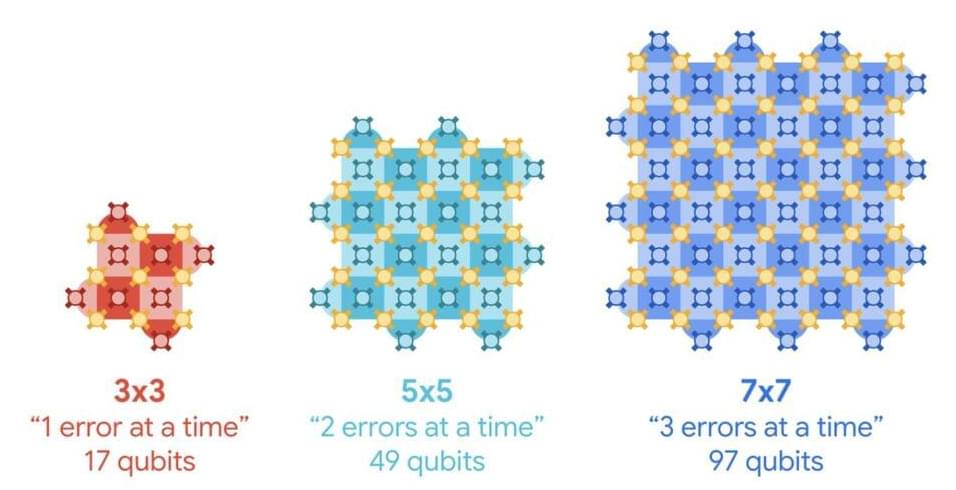
Google Quantum AI announced that it is moving past the Sycamore era and taking another leap down its roadmap with the introduction of the 105-qubit Willow, a new quantum chip that has achieved a milestone in computational power and error correction, marking a major step toward large-scale, commercially viable quantum computing.
The team, which published their findings in Nature, is also eyeing a quantum device that overcomes the limitations of errors and offers real-world solutions to tough problems, the ultimate destination as they progress along their roadmap.
“The mission of the Google quantum AI team is to build quantum computing for otherwise unsolvable problems,” said Hartmut Neven, a vice president of engineering at Google and founder and manager of the Quantum Artificial Intelligence lab, at a recent roundtable about the new milestone.” So what problems do we have in mind? The first applications will be modeling and understanding systems where quantum effects are important. So that’s the case for common drug discovery, understanding and designing nuclear fusion reactors, bringing down the enormous energy costs of fertilizer production. But it then extends to multiple other areas, such as quantum machine learning.”
I have my own introduction to quantum mechanics course that you can check out on Brilliant! First 30 days are free and 20% off the annual premium subscription when you use our link ➜ https://brilliant.org/sabine.
“New physics” is a catch-all term for fundamentally new discoveries in physics (such as dark matter, quantum gravity, or a theory of everything) which push the boundaries of how we understand our reality. How could new discoveries in these areas of research affect our lives? Let’s take a look at what knowledge and practical use we could potentially gain.
🤓 Check out my new quiz app ➜ http://quizwithit.com/
💌 Support me on Donorbox ➜ https://donorbox.org/swtg.
📝 Transcripts and written news on Substack ➜ https://sciencewtg.substack.com/
👉 Transcript with links to references on Patreon ➜ / sabine.
📩 Free weekly science newsletter ➜ https://sabinehossenfelder.com/newsle…
👂 Audio only podcast ➜ https://open.spotify.com/show/0MkNfXl…
🔗 Join this channel to get access to perks ➜
/ @sabinehossenfelder.
🖼️ On instagram ➜ / sciencewtg.
#science #physics
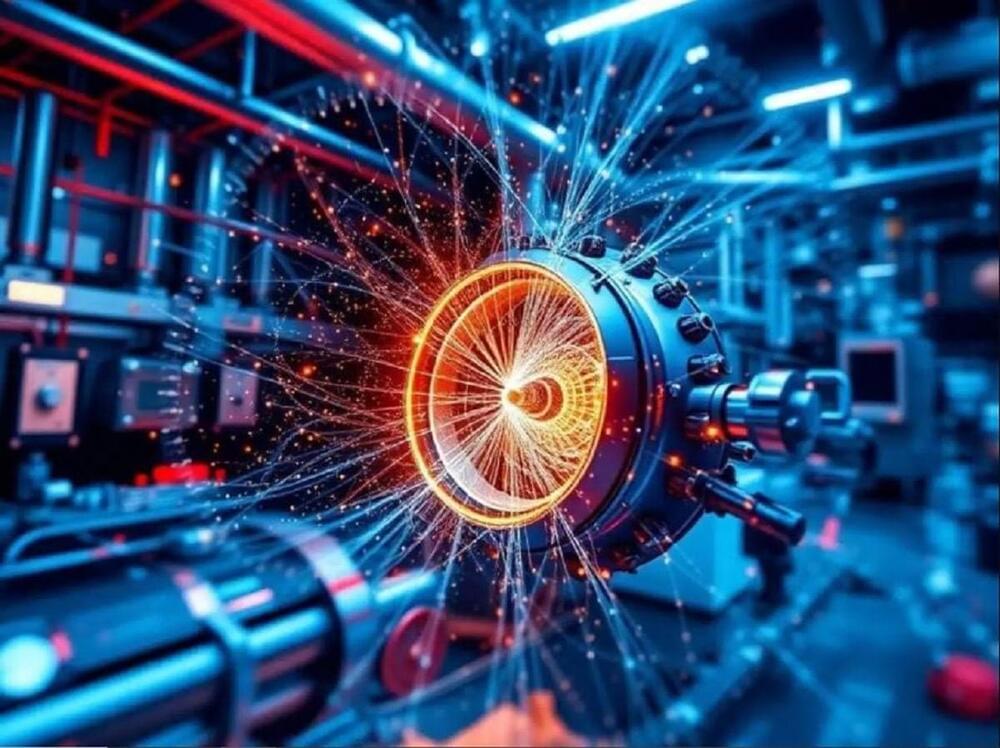
In a groundbreaking development, researchers at the Large Hadron Collider (LHC), the world’s largest and most powerful particle accelerator, have made a remarkable leap in understanding the fundamental forces of nature. For the first time, they have observed quantum entanglement between top quarks—the heaviest elementary particles—at unprecedented energy levels. This discovery not only pushes the boundaries of particle physics but also opens the door to new possibilities in the quest to understand the universe.
At the heart of this discovery is quantum entanglement, one of the most puzzling and fascinating phenomena in the realm of quantum mechanics. Entanglement occurs when two or more particles become linked in such a way that the state of one particle instantaneously influences the state of another, regardless of the distance between them. This defies our classical understanding of the world, where objects should only interact when they are physically close to one another.
Imagine you have two particles, each spinning in a specific direction. Normally, if one particle changes its state, the other should remain unaffected. But with quantum entanglement, a change in the spin or state of one particle immediately alters the other, even if they are light-years apart. It’s as if the particles are communicating across vast distances without any delay.
